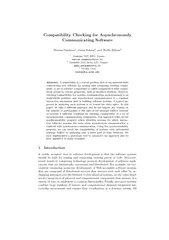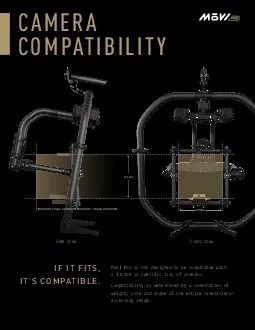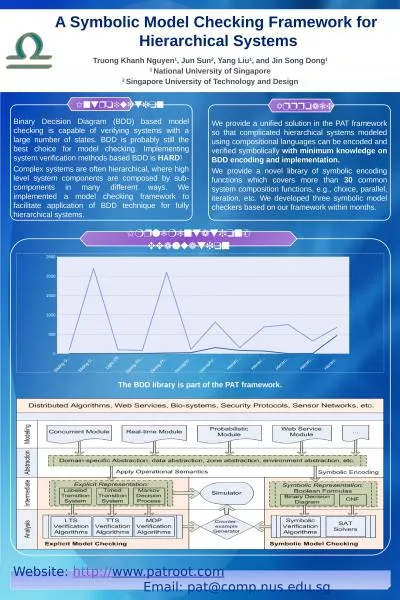PDF-Compatibility Checking for Asynchronously Communicatin
Author : tatiana-dople | Published Date : 2015-05-01
ouederniiritfr Grenoble INP Inria LIG France gwensalauninriafr UCSB USA bultancsucsbedu Abstract Compatibility is a crucial problem that is encountered whil constructing
Presentation Embed Code
Download Presentation
Download Presentation The PPT/PDF document "Compatibility Checking for Asynchronousl..." is the property of its rightful owner. Permission is granted to download and print the materials on this website for personal, non-commercial use only, and to display it on your personal computer provided you do not modify the materials and that you retain all copyright notices contained in the materials. By downloading content from our website, you accept the terms of this agreement.
Compatibility Checking for Asynchronously Communicatin: Transcript
Download Rules Of Document
"Compatibility Checking for Asynchronously Communicatin"The content belongs to its owner. You may download and print it for personal use, without modification, and keep all copyright notices. By downloading, you agree to these terms.
Related Documents














